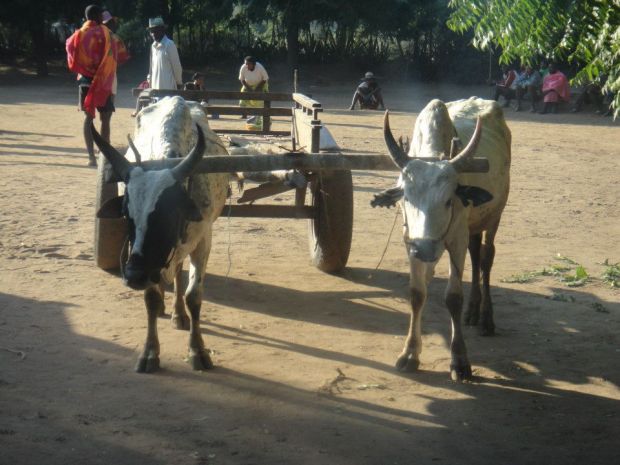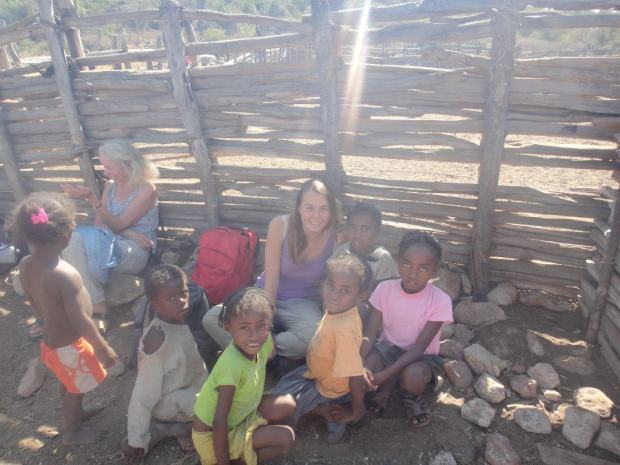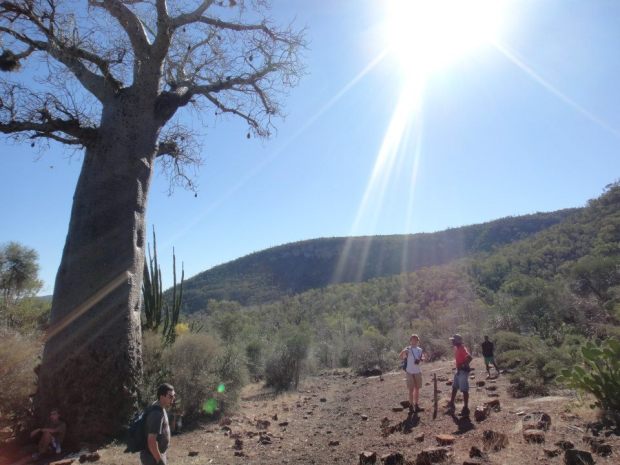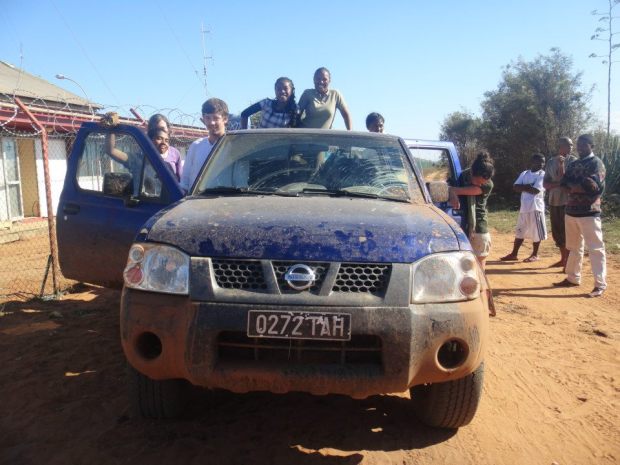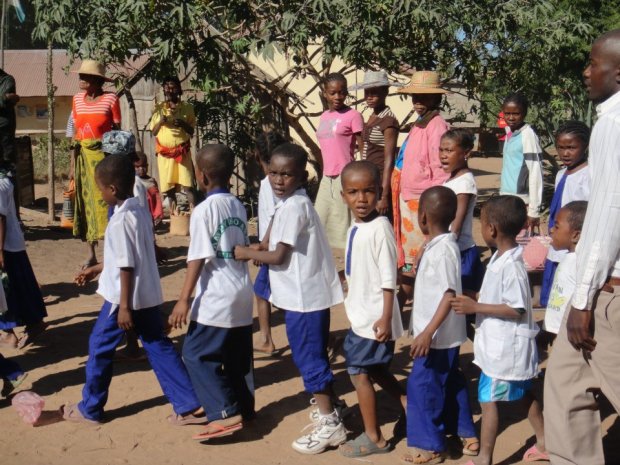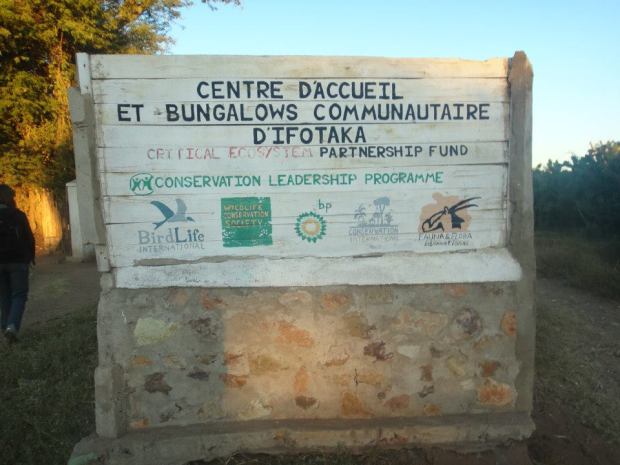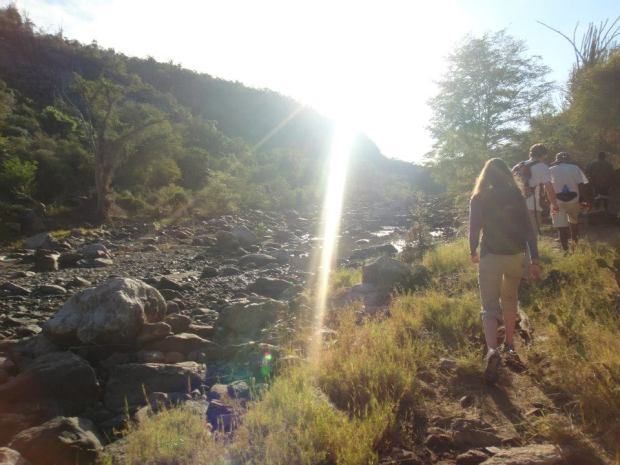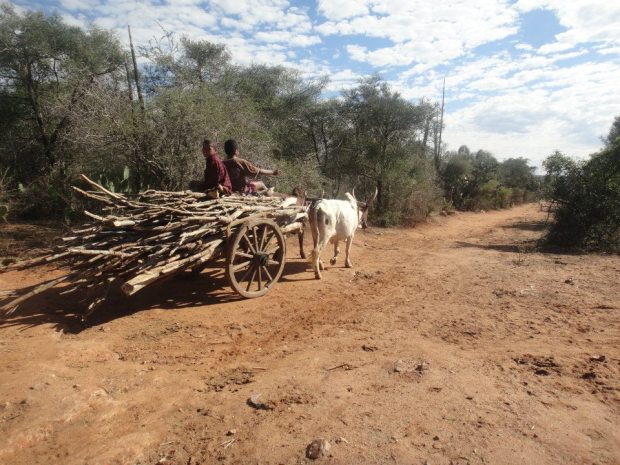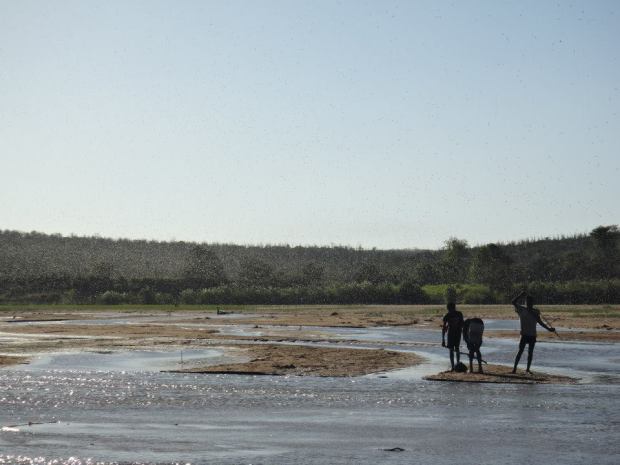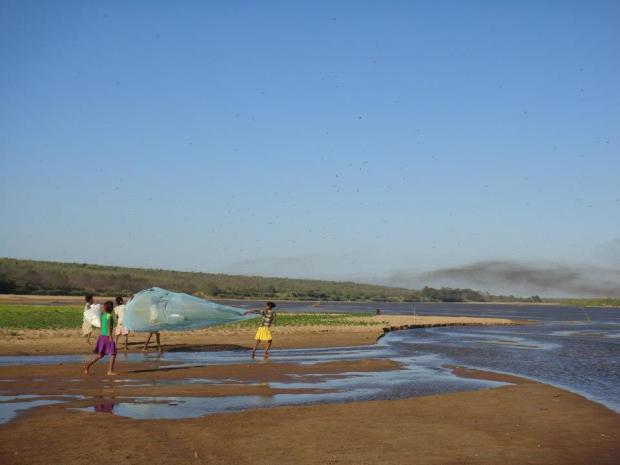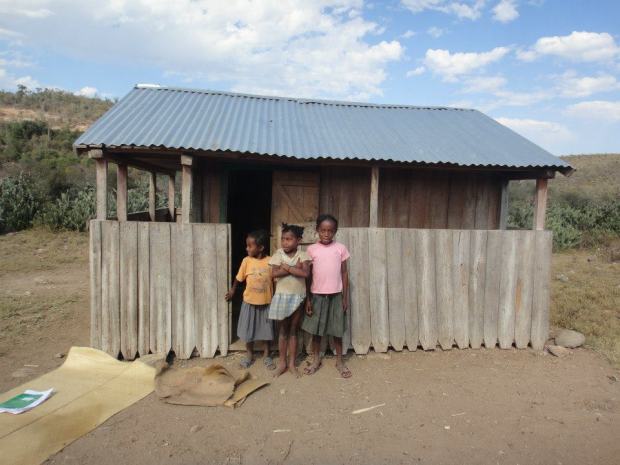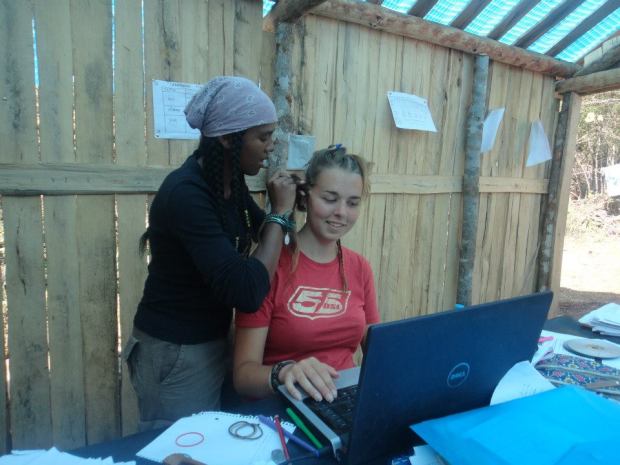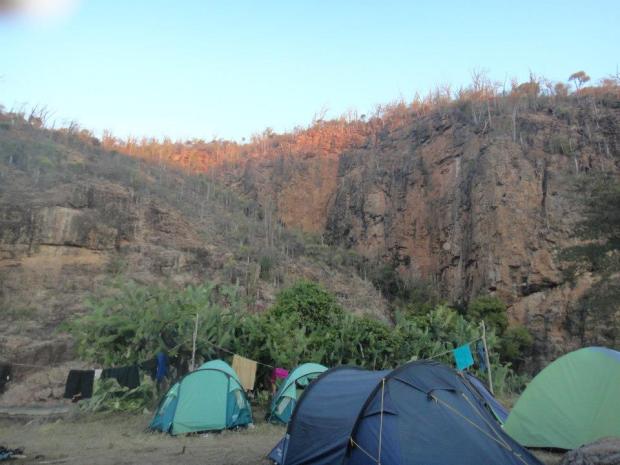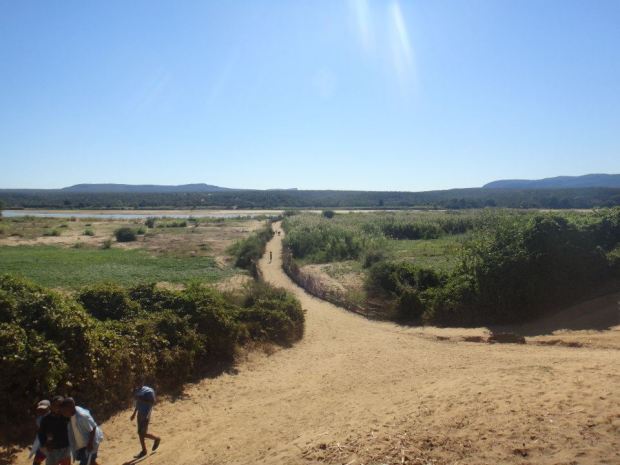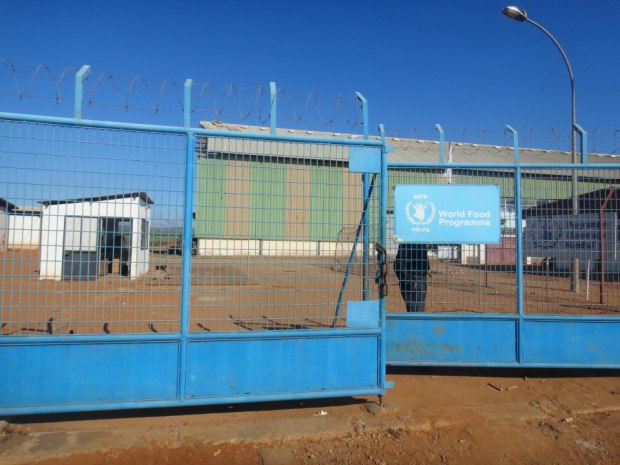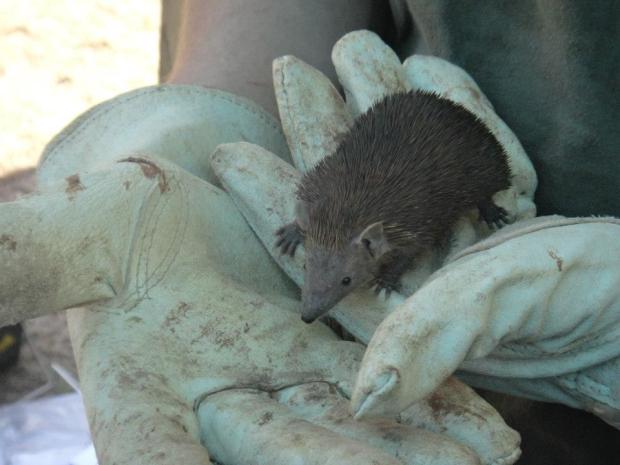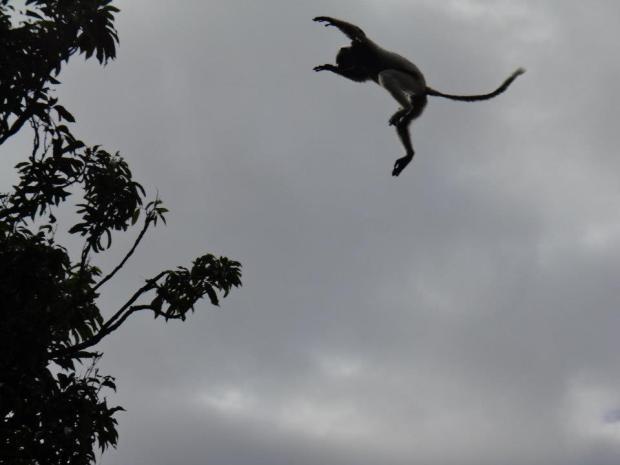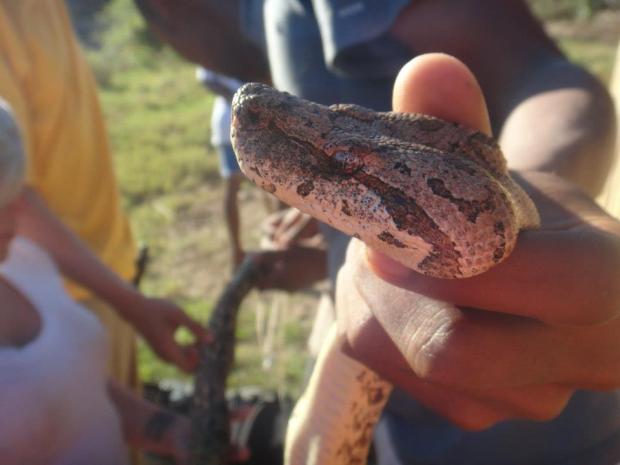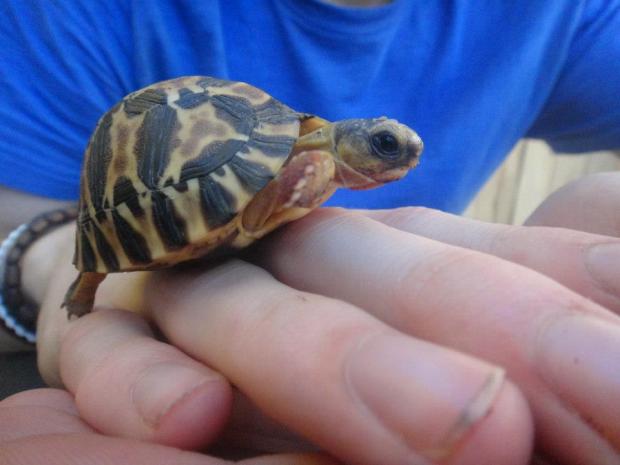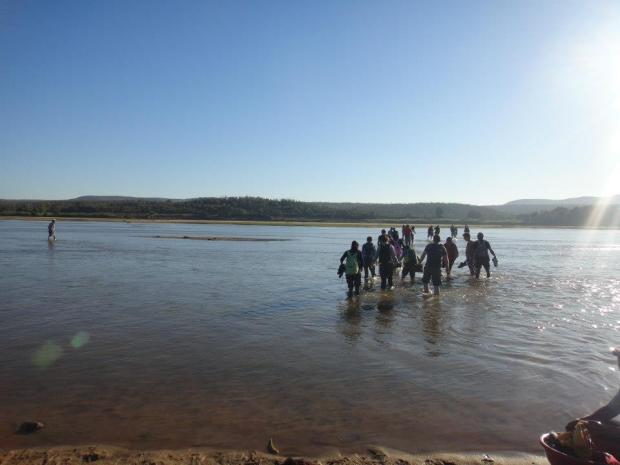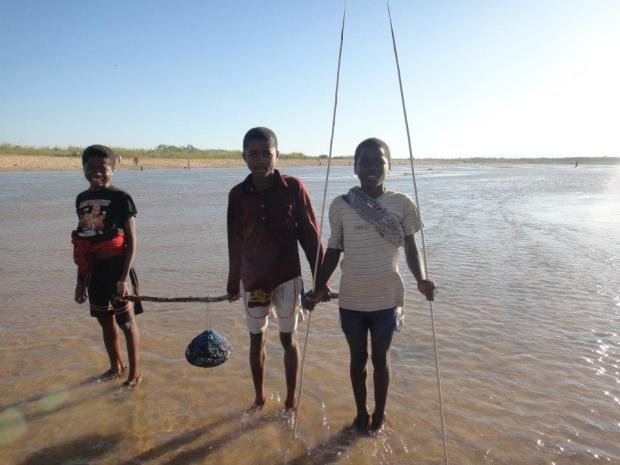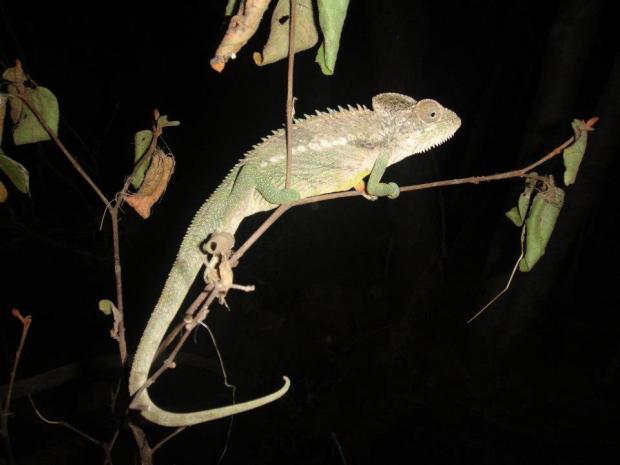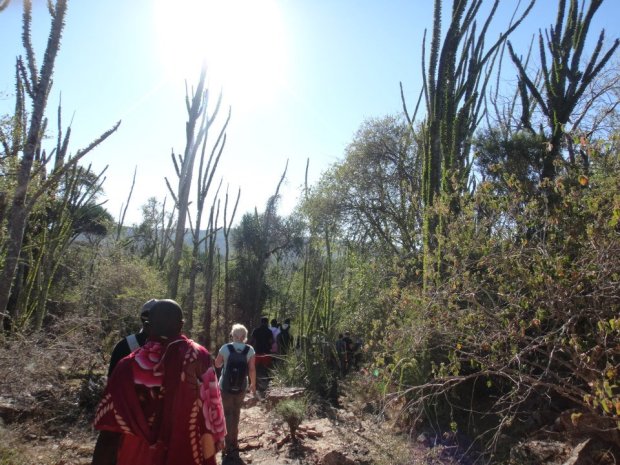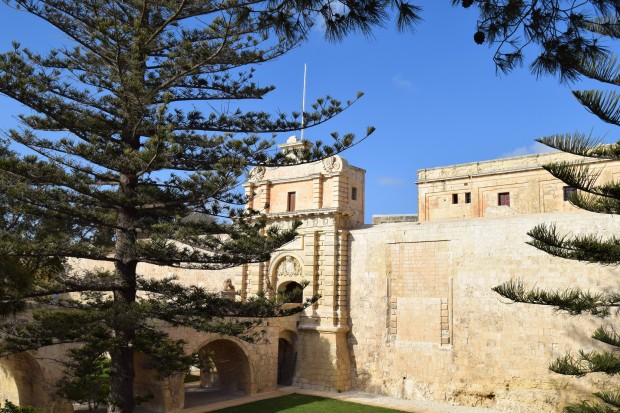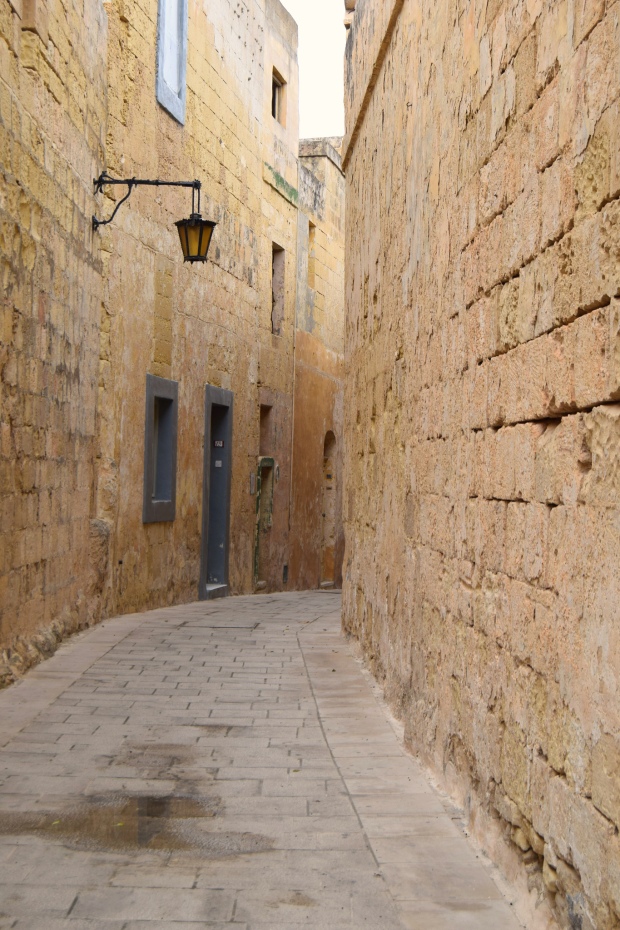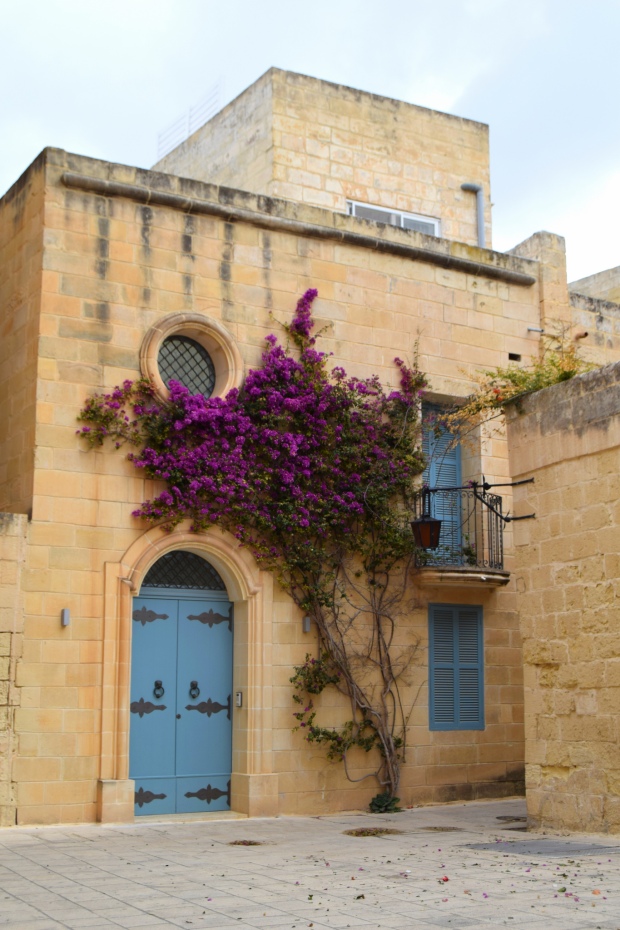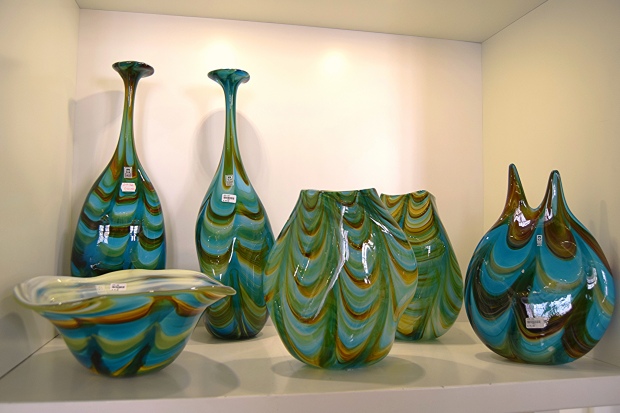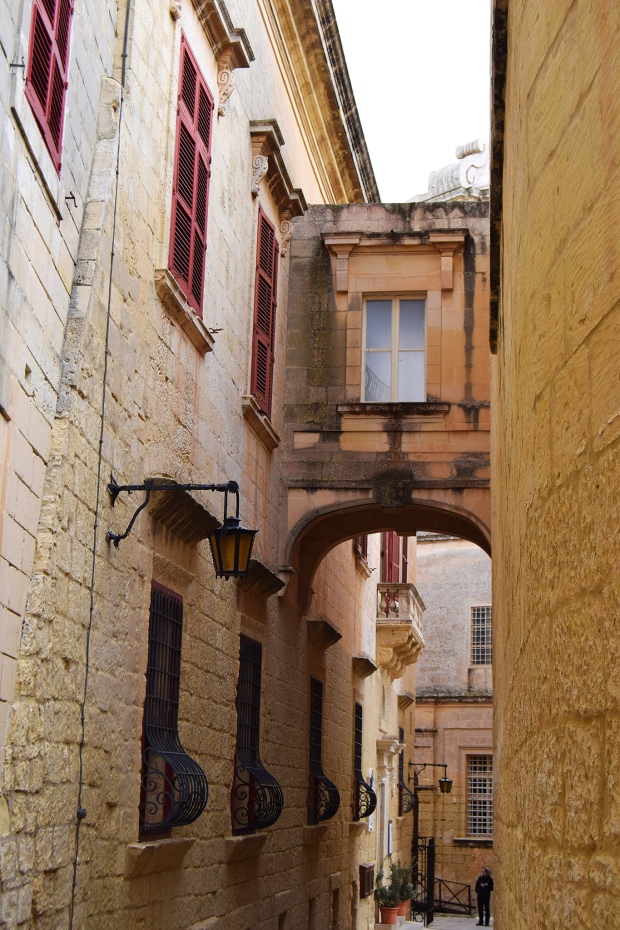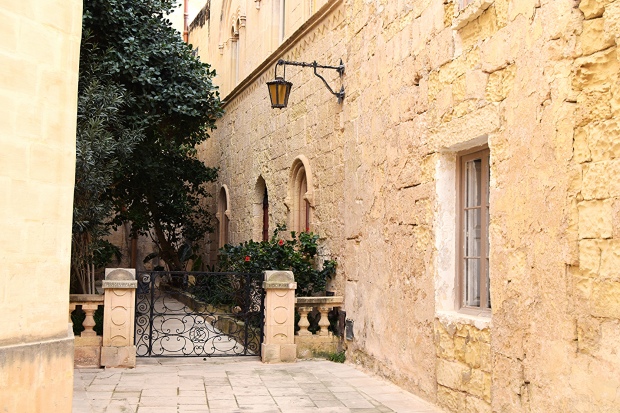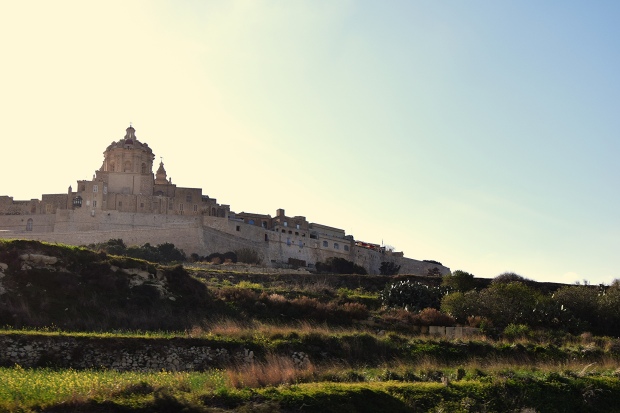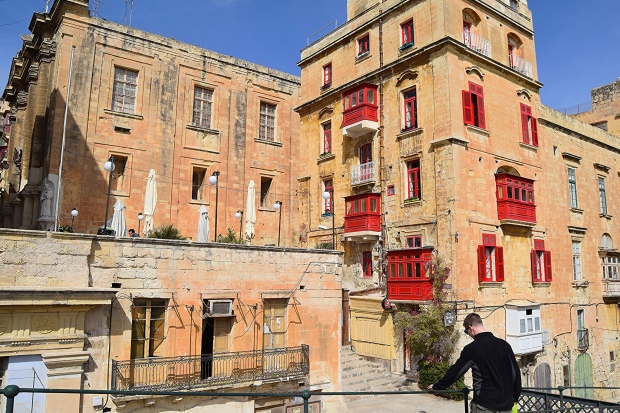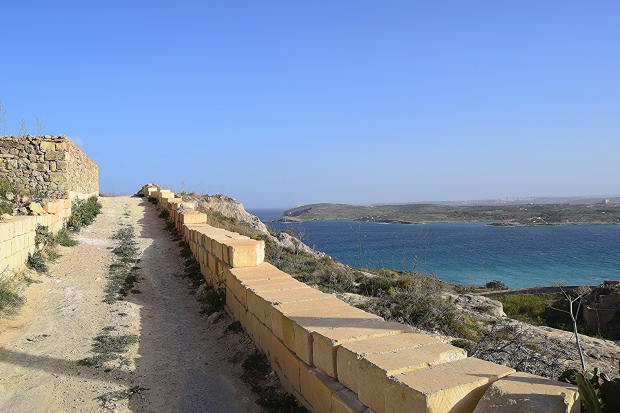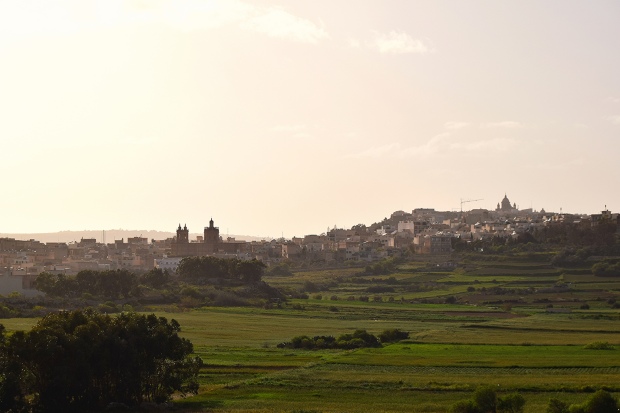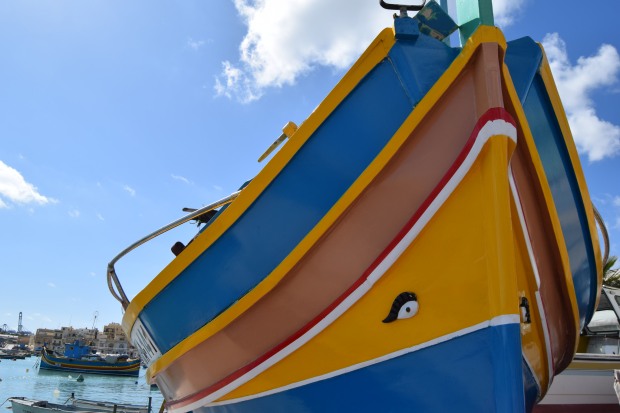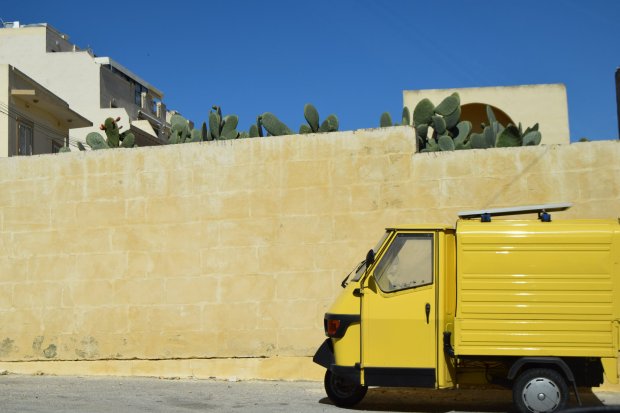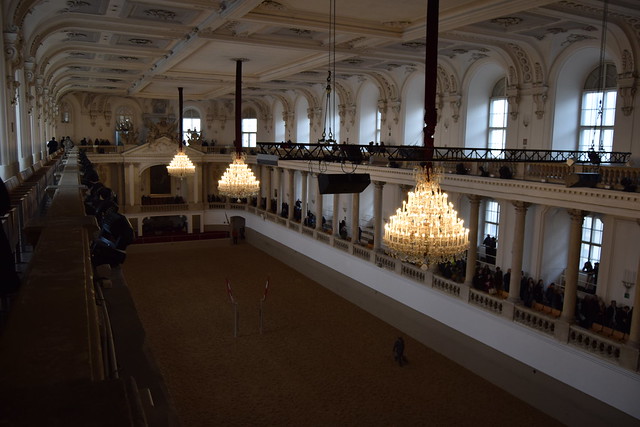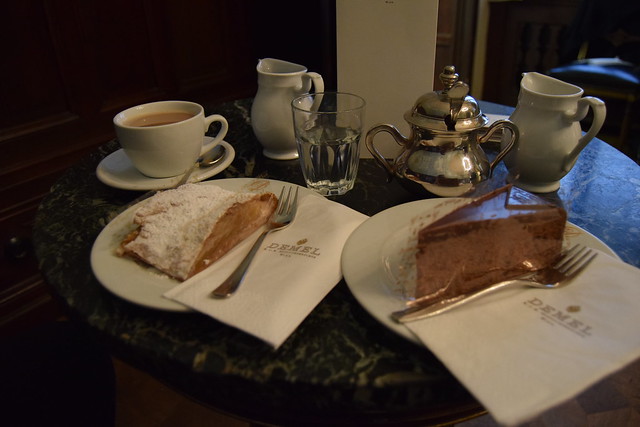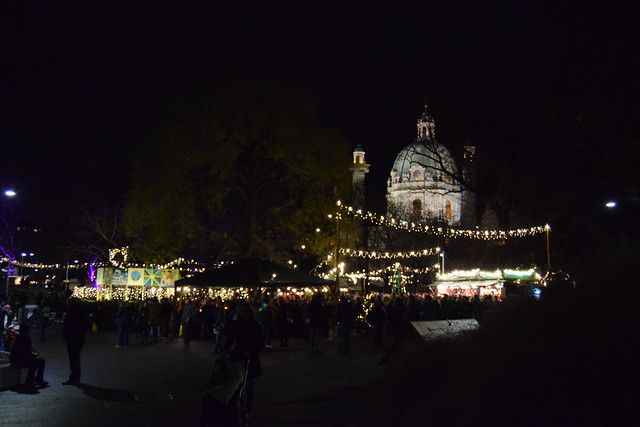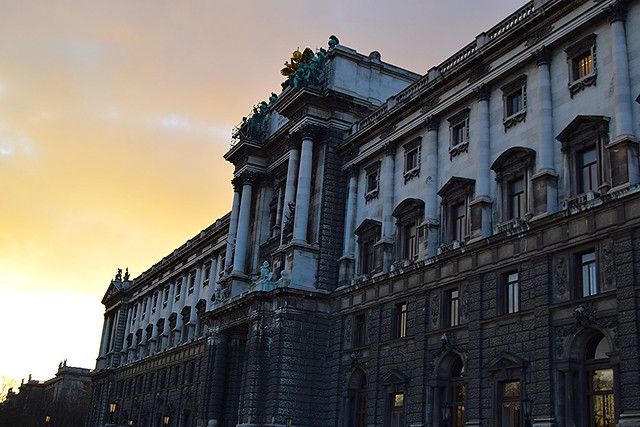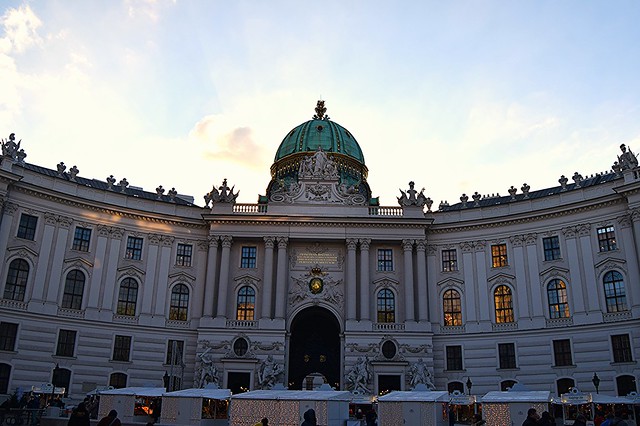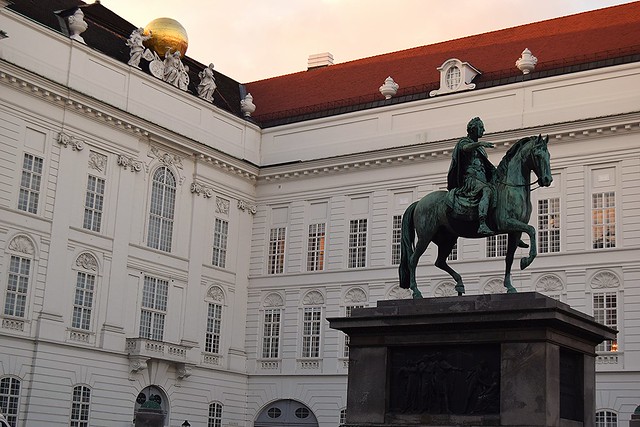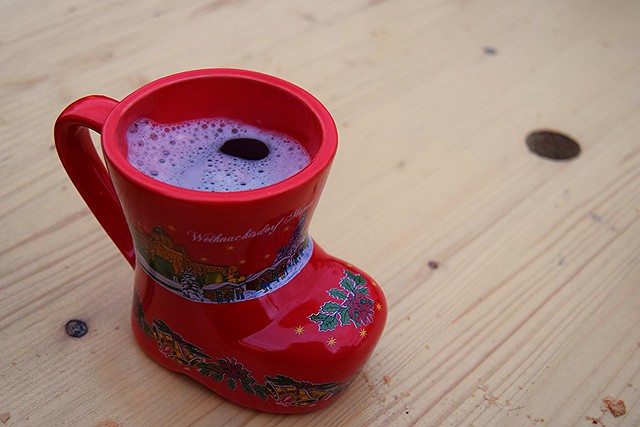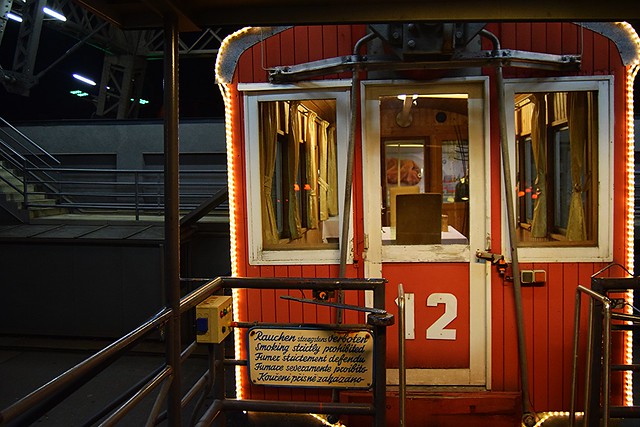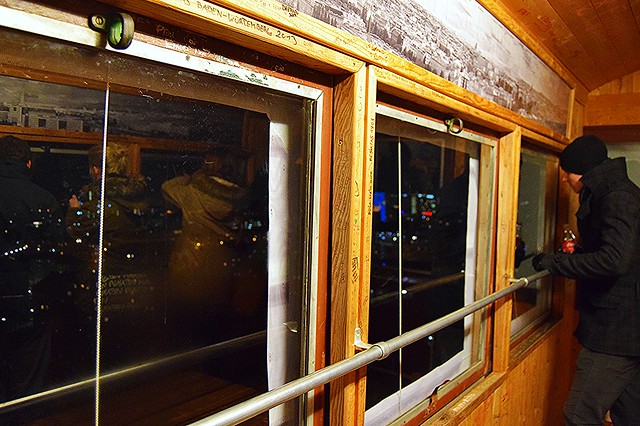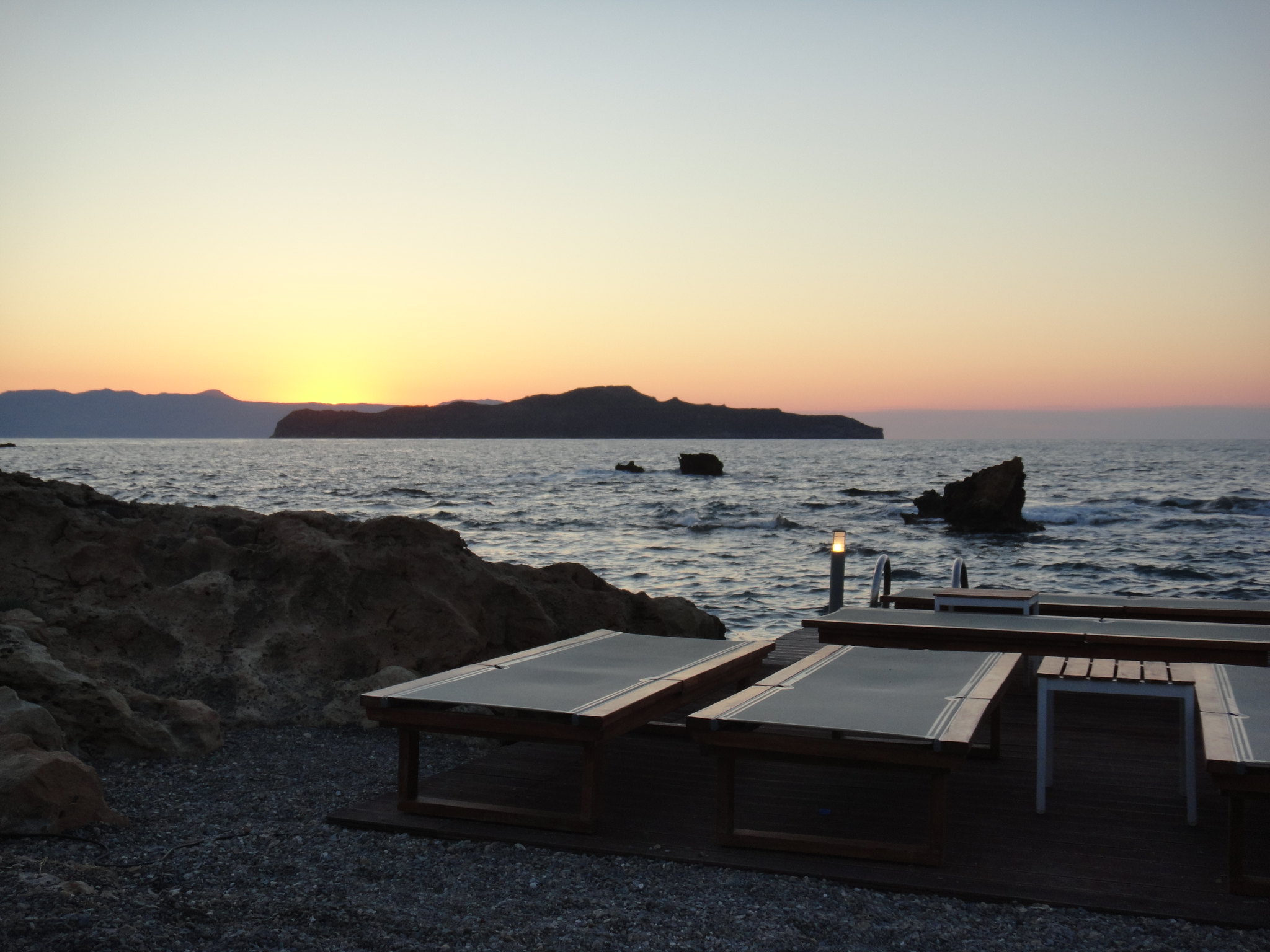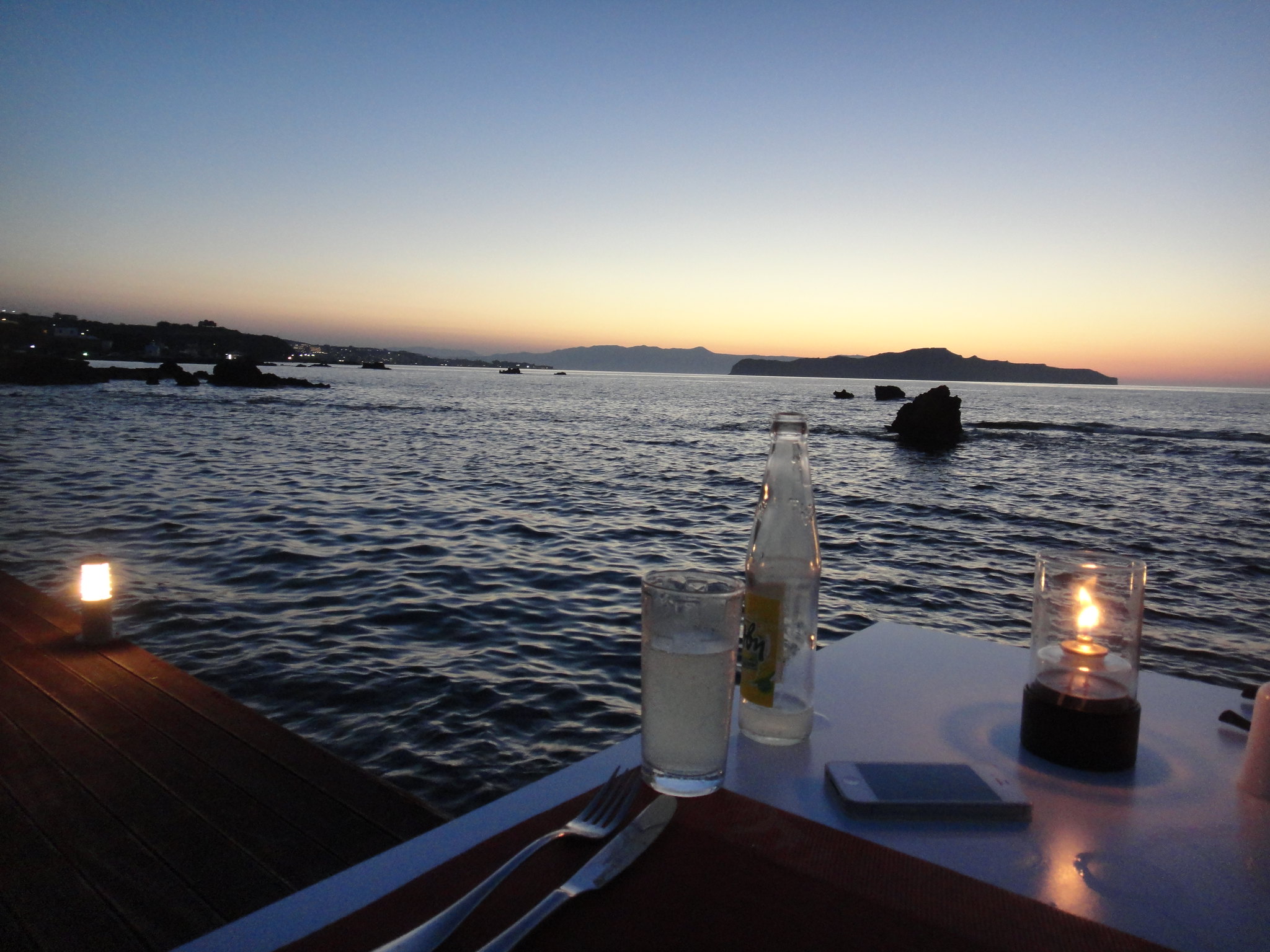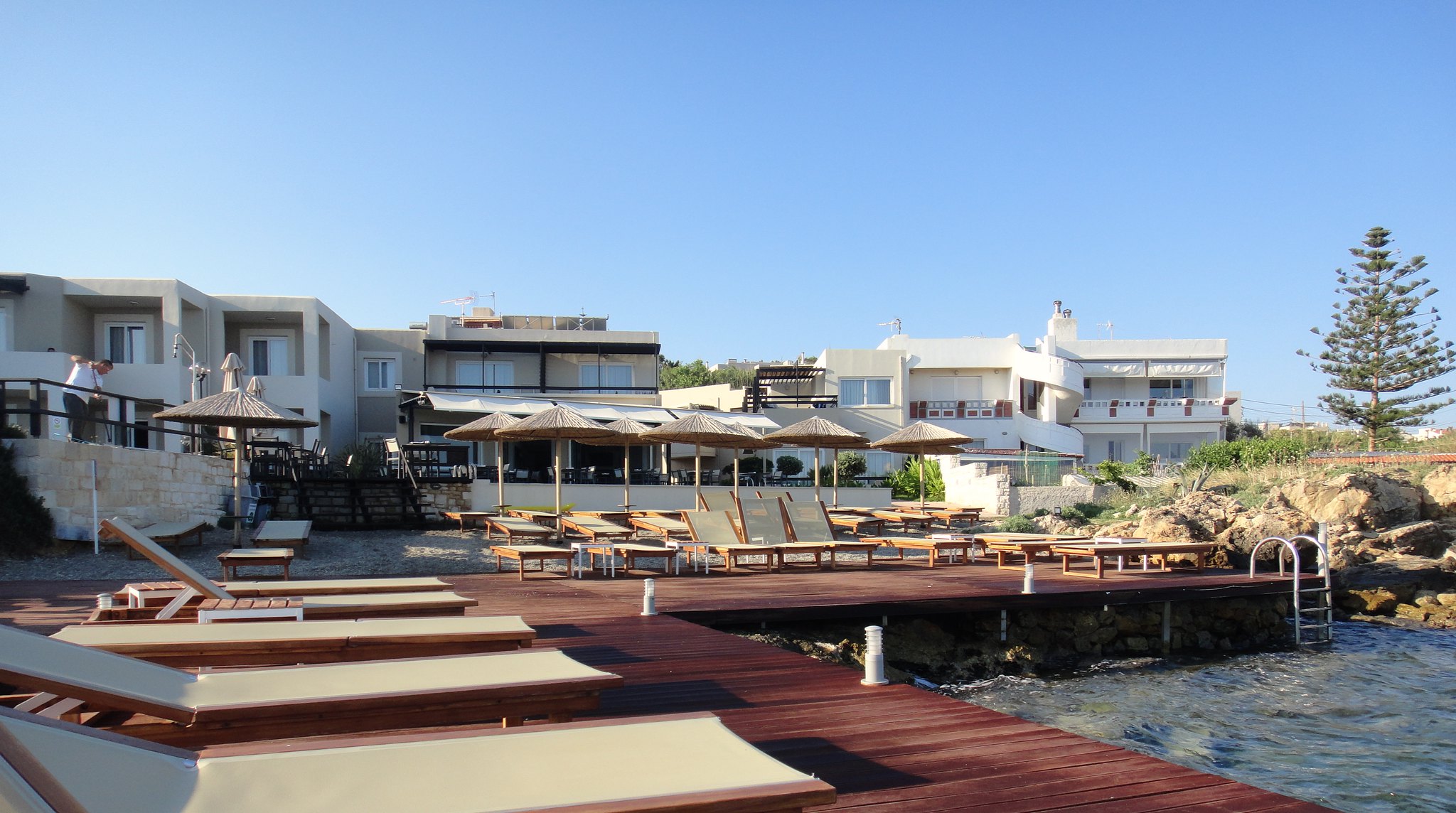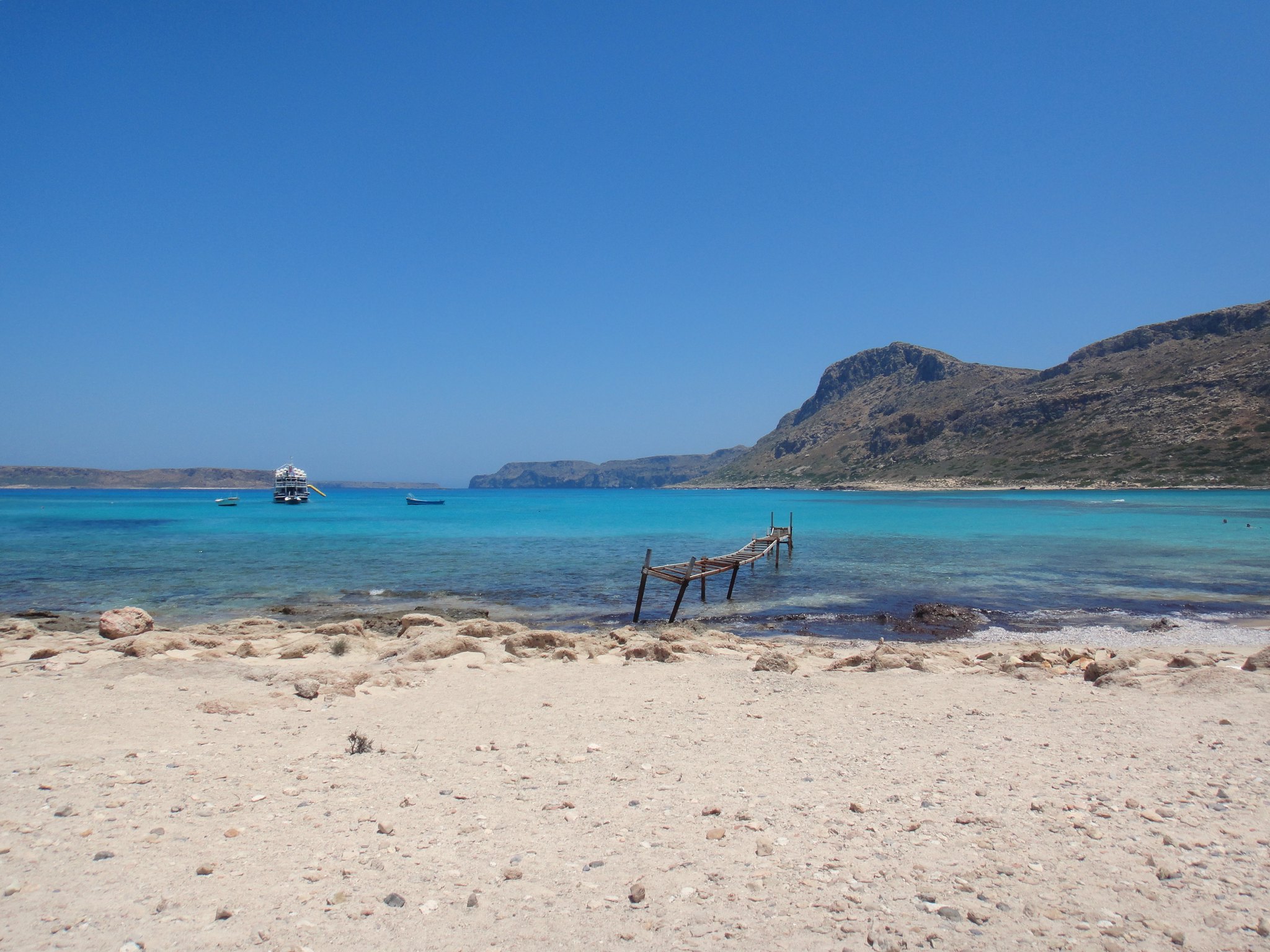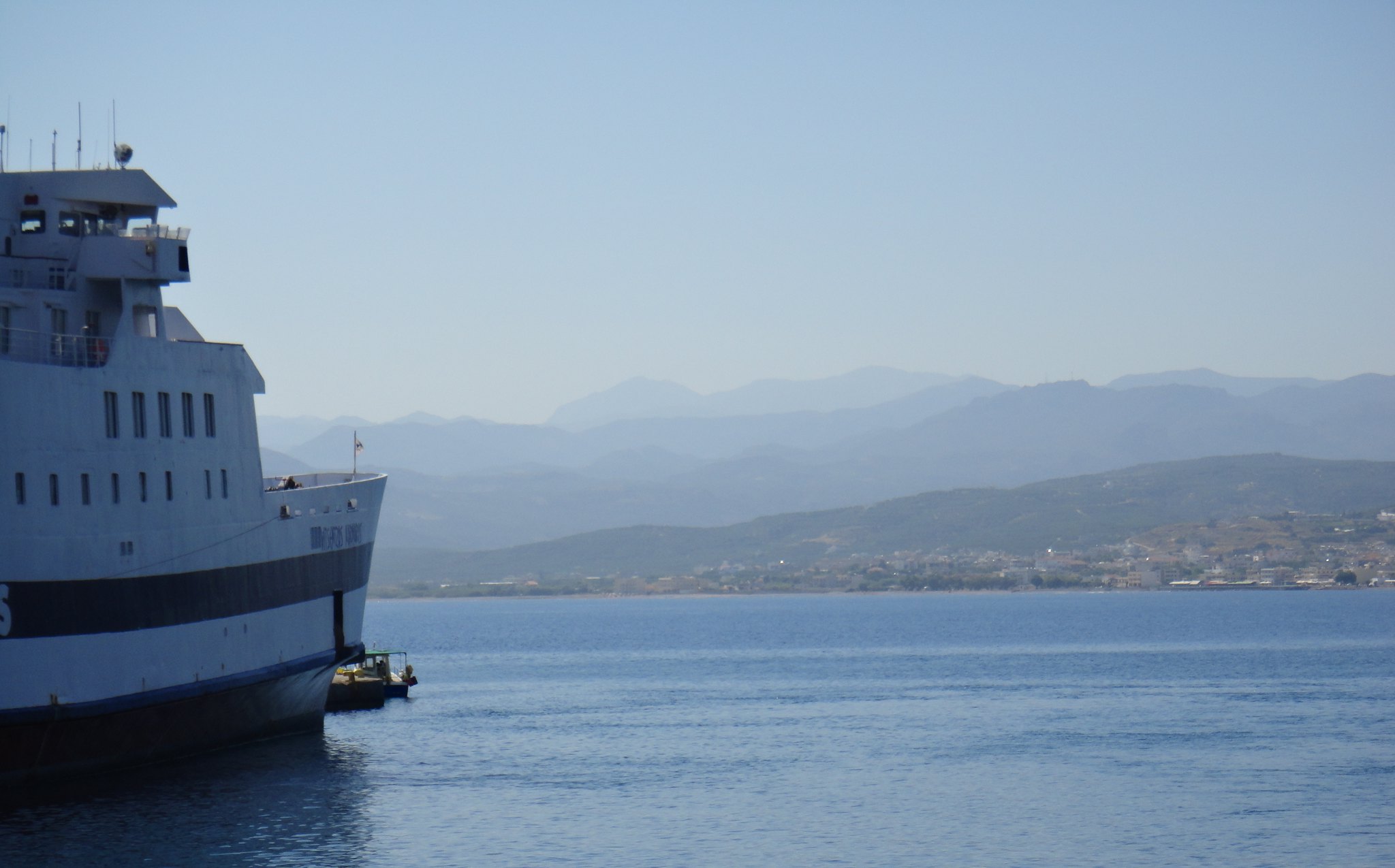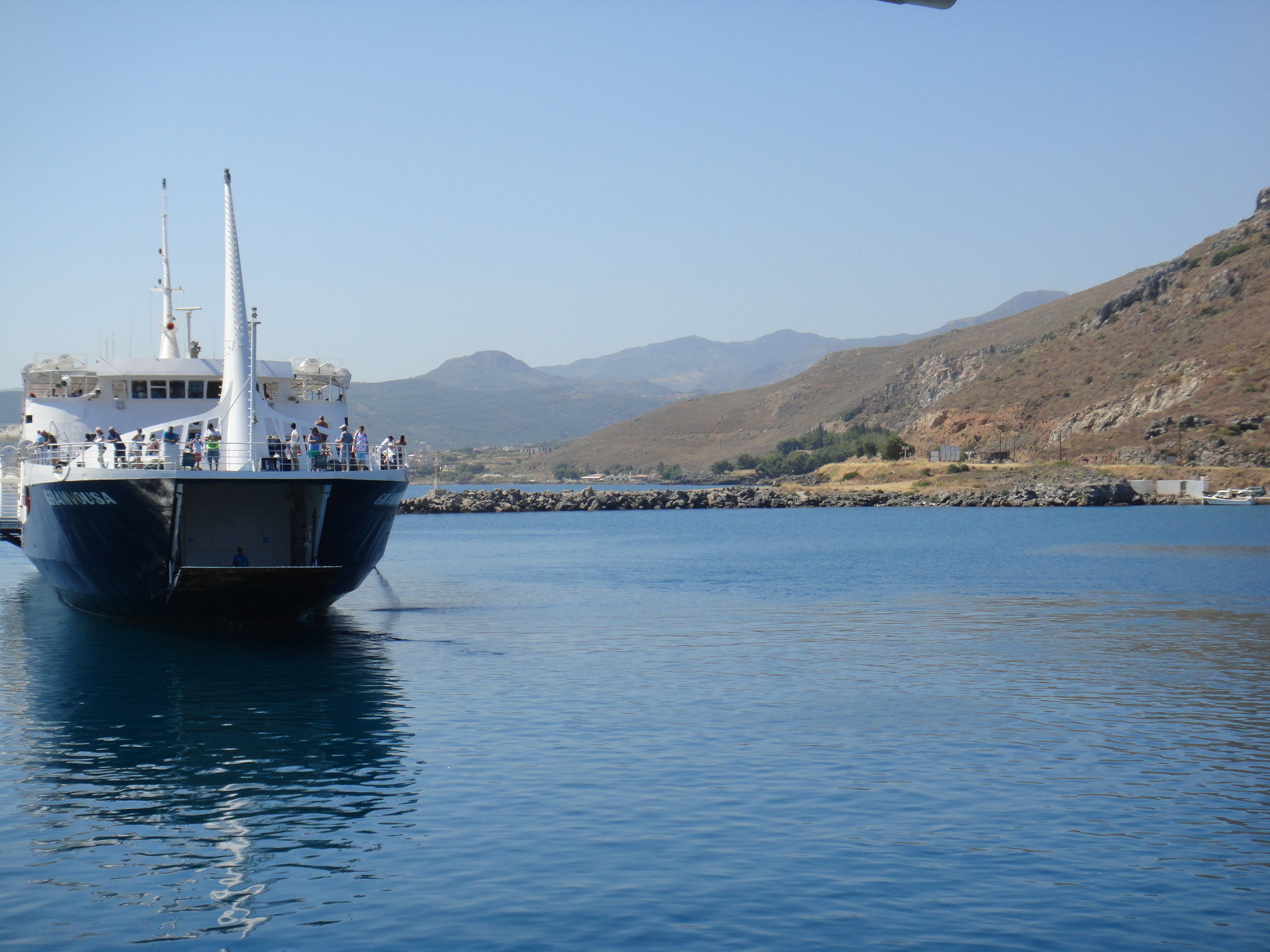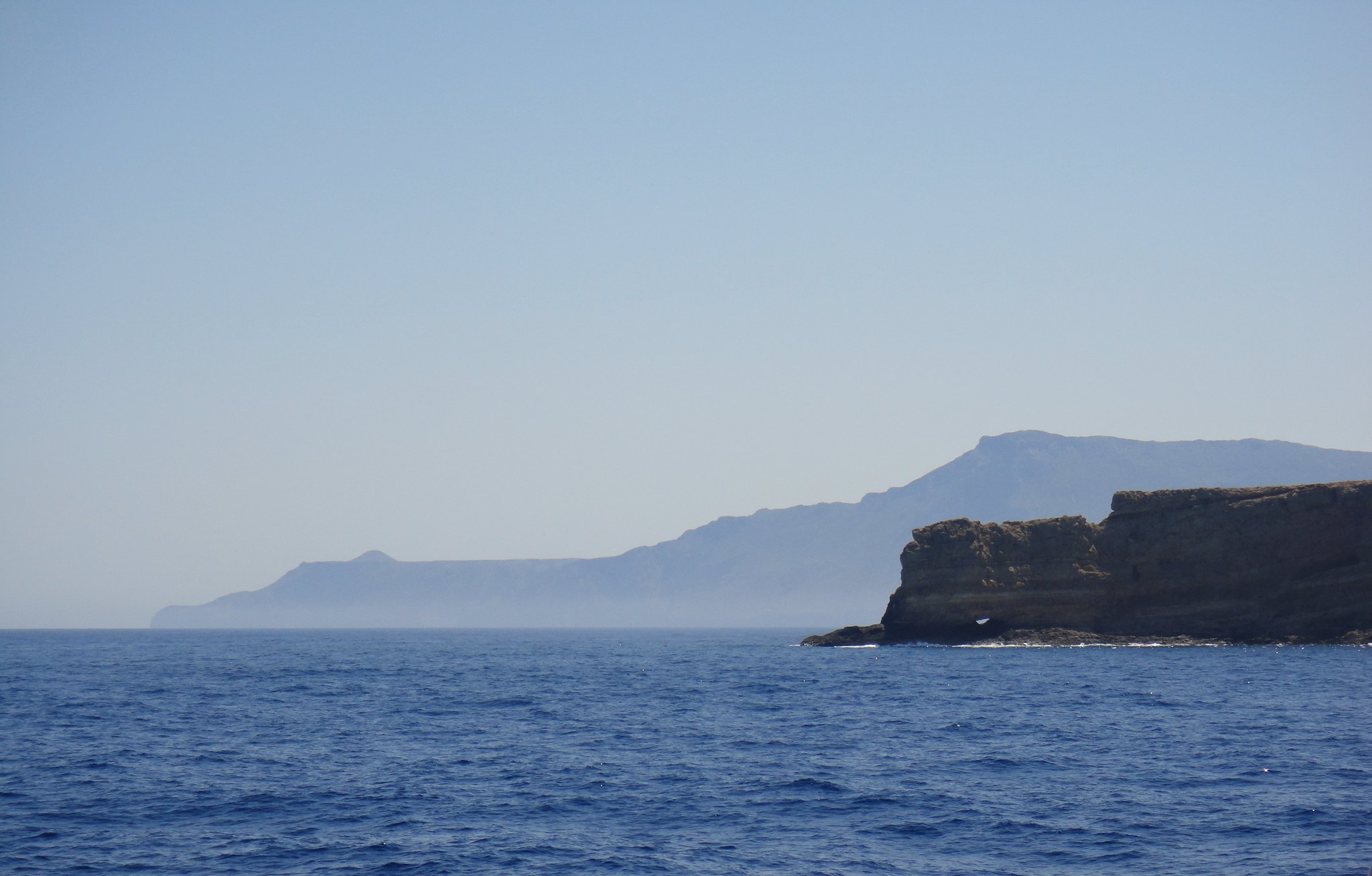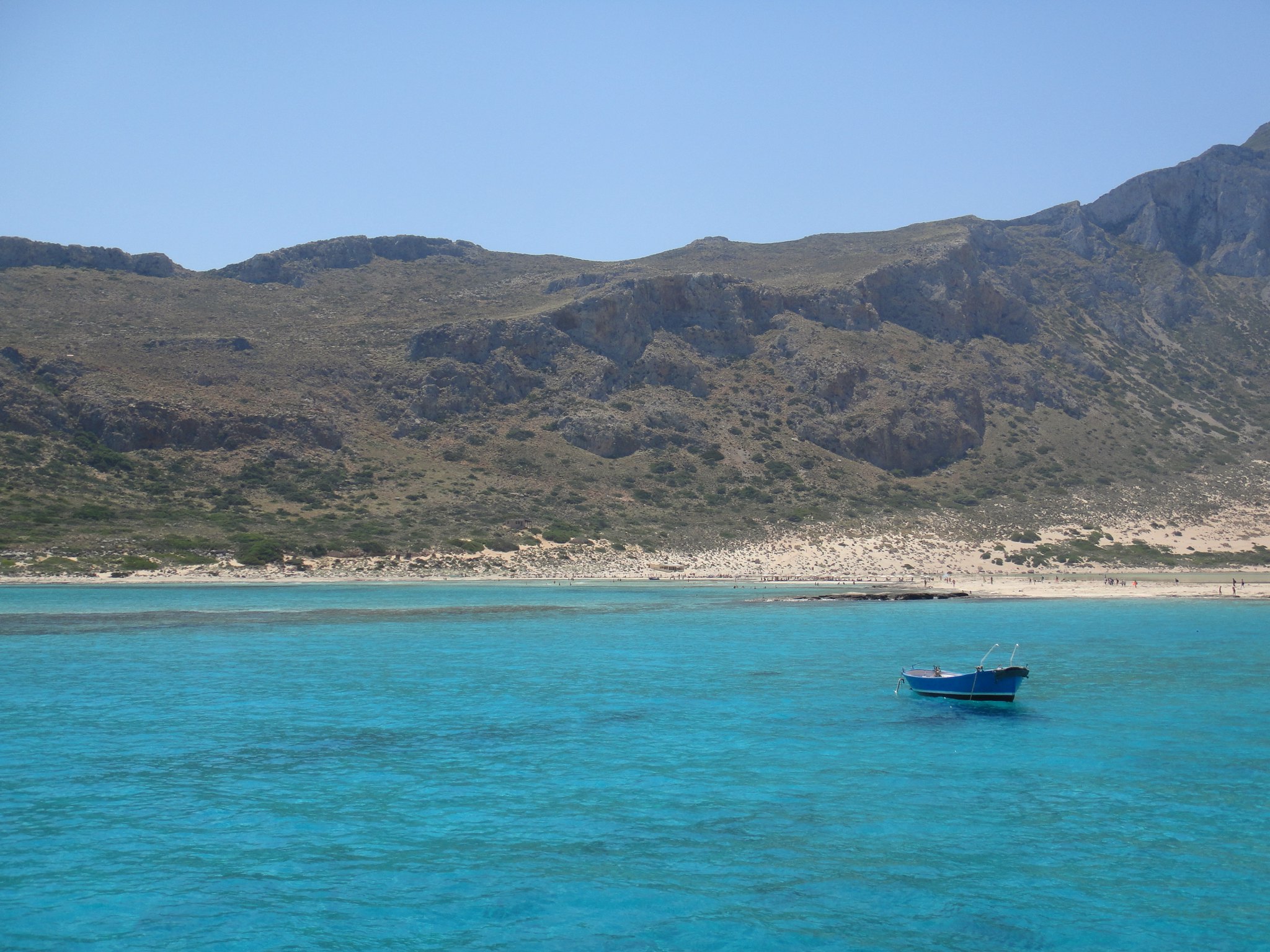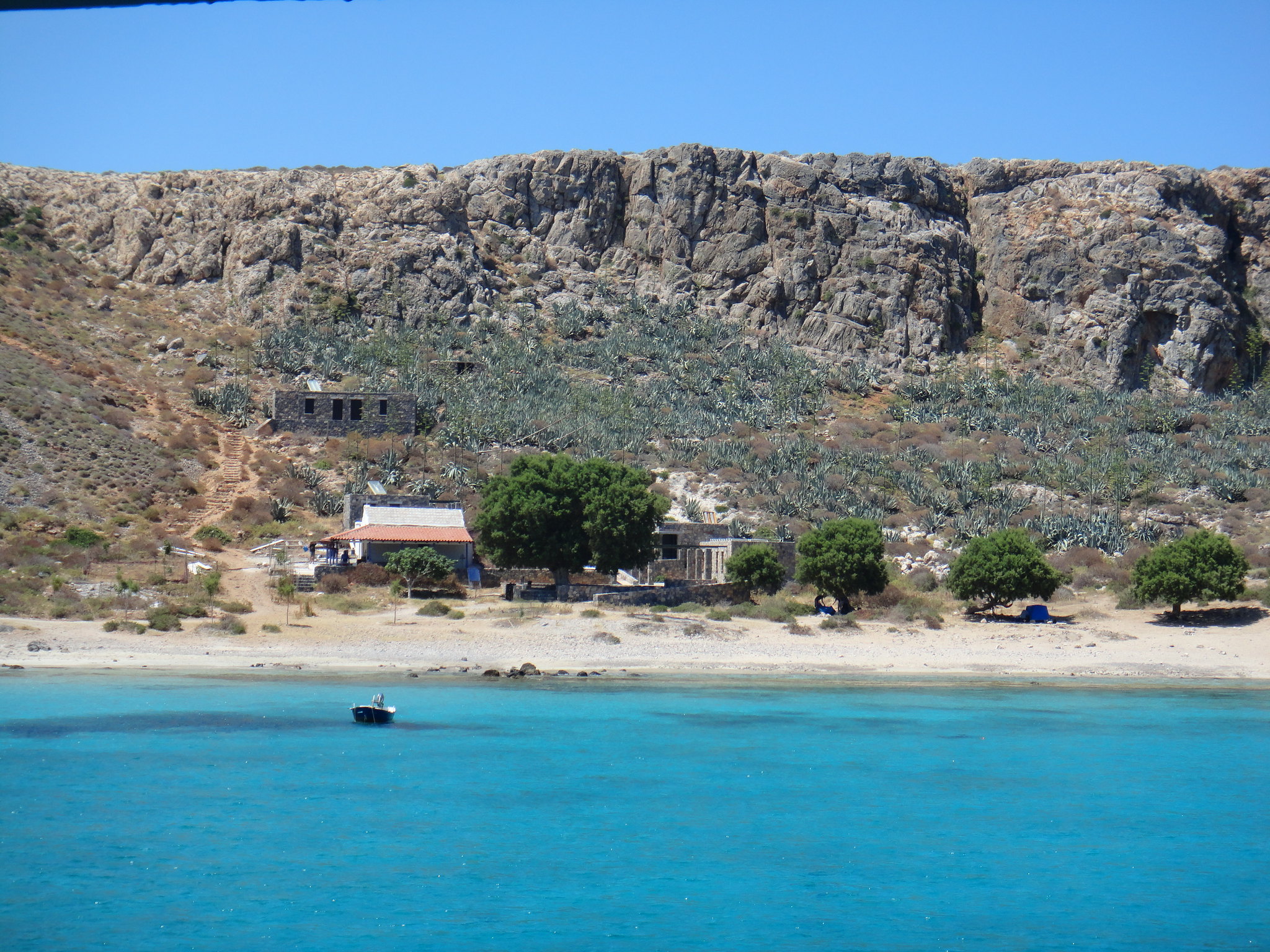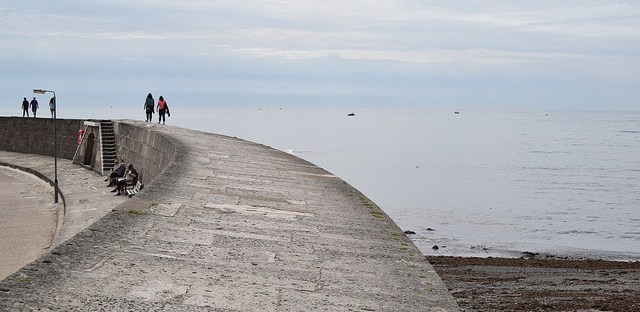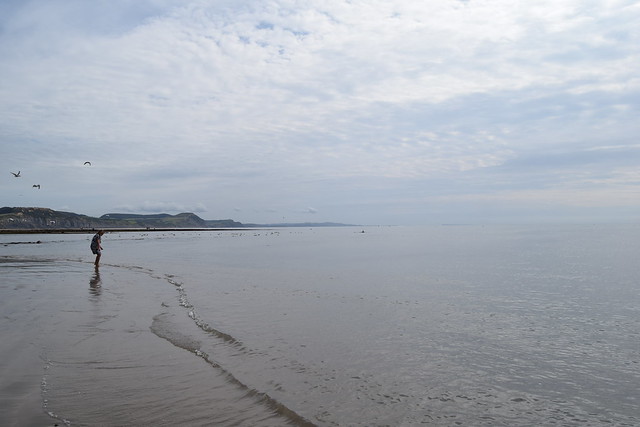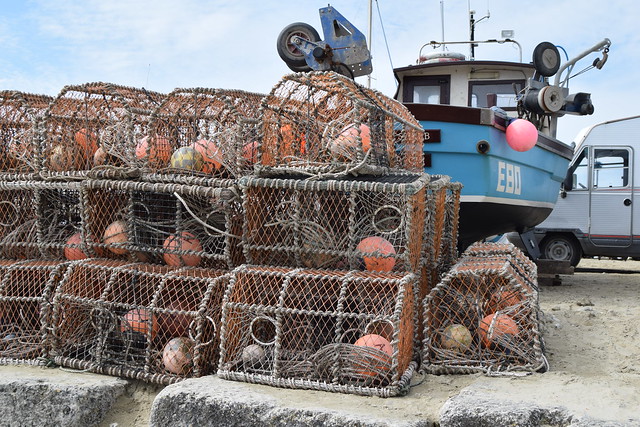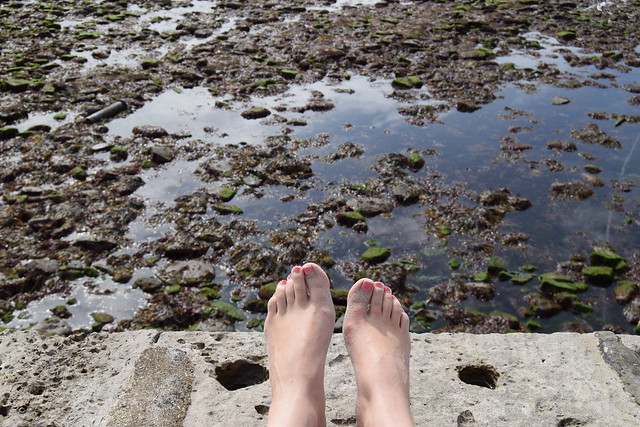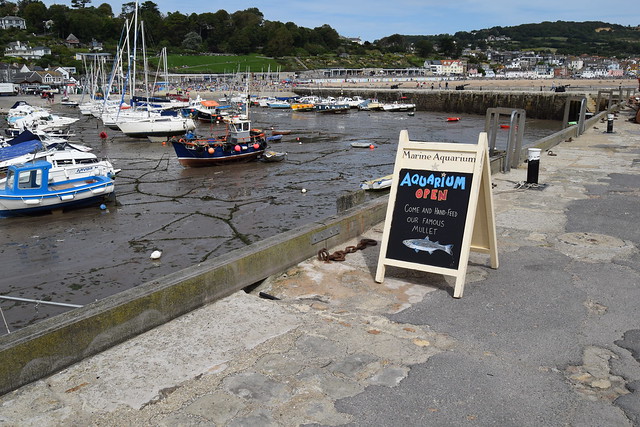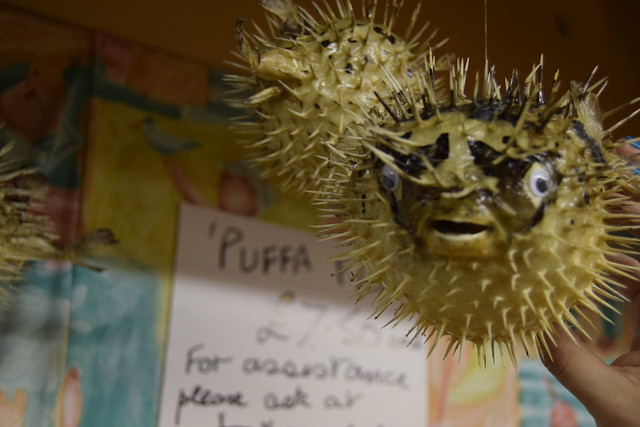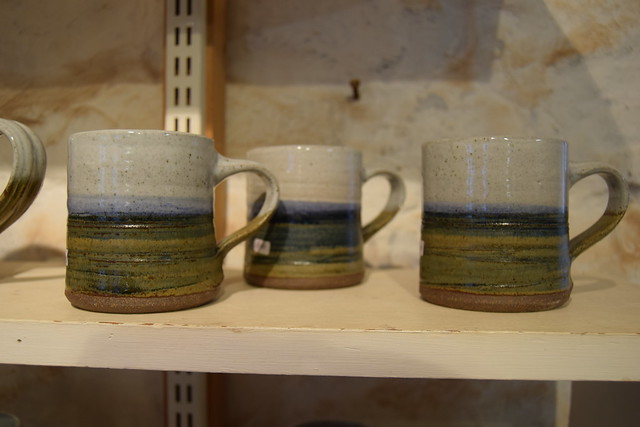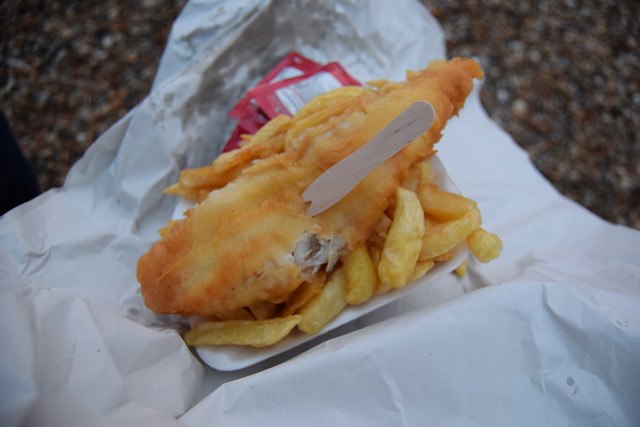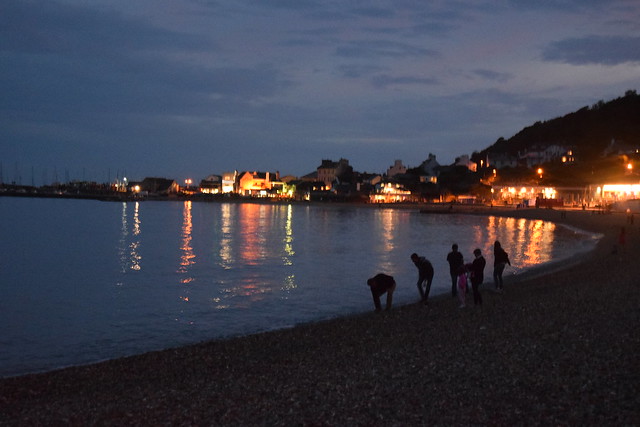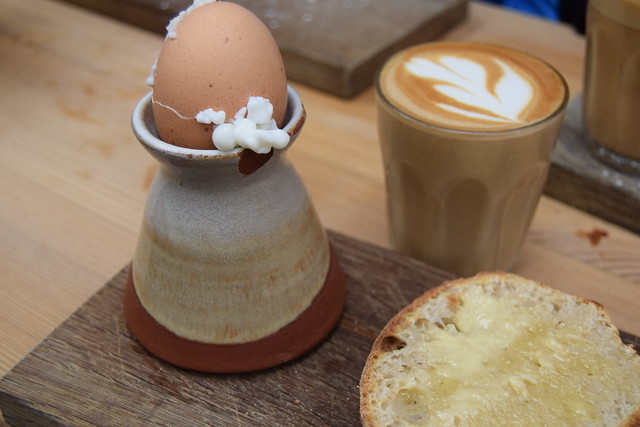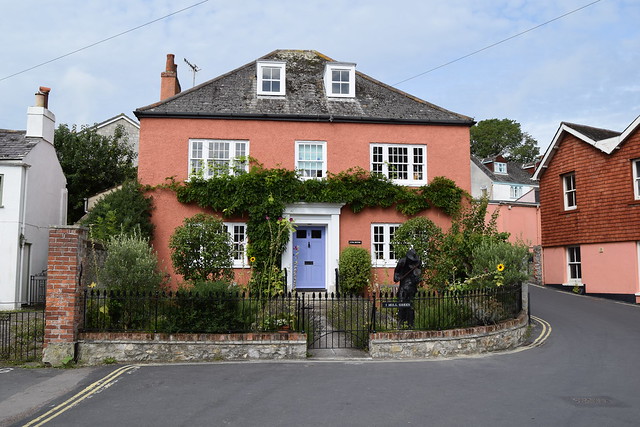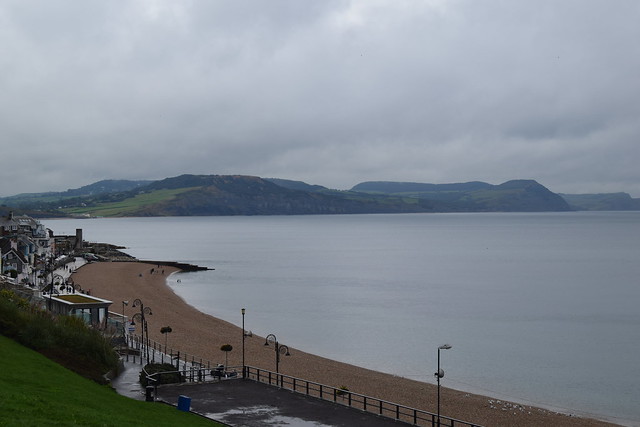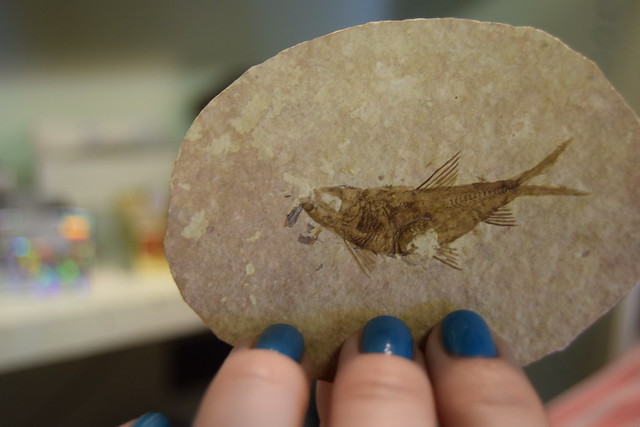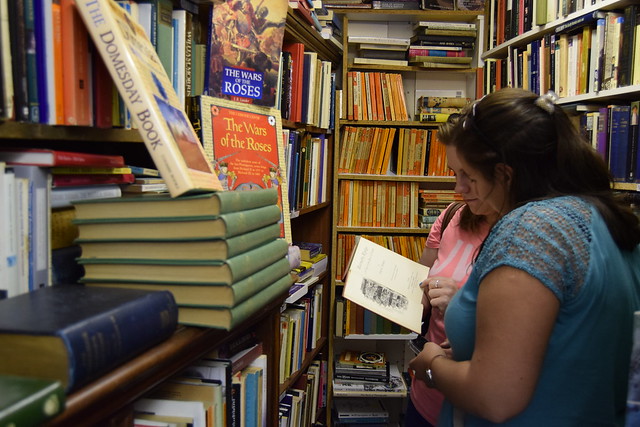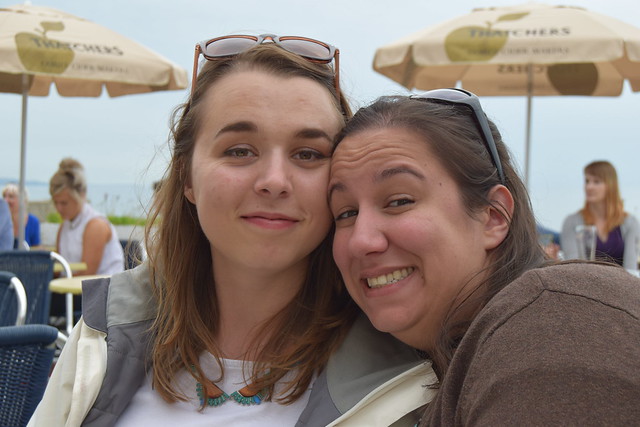The Diss. The D Word. The bane of your life. Whatever your pet name of choice, if you are a university student, odds are that for the majority of you a dissertation will be an inevitable hurdle you’ll have to cross to make it to graduation. They are do-able, they are survivable, but they can also be all-encompassing and a rollercoaster of emotions. Trust me – I’ve done two. And I’ve realised that as well as all this, they can also be an opportunity to travel, meet new people, and have amazing life experiences.
For my first dissertation for my Bachelor’s, I researched the benefits of urban green space. I did get to read some interesting papers (yes, that’s not an oxymoron, it is possible), but I also had to personally carry out 100 door-to-door surveys. Sigh. I knocked on 100+ doors in the wind, rain and snow, and snivelled on about being a university student doing a project, and please could they tell me if walking in the park makes them feel happy. As an introvert, I genuinely think of this as a traumatic phase in my life history.
When I made the decision to do a Master’s (and therefore another dissertation), I knew I had to tackle this a little differently. Combined with this, I was aware that my life of long summer holidays was coming to a close, and a future of Responsibilities, Bills and Annual Leave Quota were looming. Having never done a gap year, my feet were itching, and I was looking for a solution.
Operation Wallacea was something I had been vaguely aware of since they had visited my first university. I had initially dismissed it as almost too good to be true, but now I spent some more time looking into it. I read up, spoke with my course advisors, and found myself booking return tickets to Madagascar.
As a result, I spent six weeks having some of the most memorable times of my life, living in a tent in the middle of the Spiny Forest in the region of Ifotaka, with no internet, phone signal or running water. Although I knew none of my fellow travellers before I left, I made some incredible friends among the 10 other dissertation students, 30 research assistants, and the Malagasy students, translators and camp helpers who also joined us. While we weren’t absent from our laptops, we exchanged dingy uni libraries for a wooden hut and a generator, with a view to a dried riverbed and a family of ring-tailed lemurs. We worked alongside Gerald, a baby tortoise found in the site, and spent our lunch breaks napping in the sun on the sandy shore.
While I did find myself carrying out more household surveys, these were via my translator, Herman, with families I was fascinated to know about, who lived in wooden huts alongside their goats, and still found white people a novelty. Instead of driving around suburbia to find them, we spent hours trekking through the wilderness, through rivers and across amazing countryside, encountering snakes, chameleons, scorpions and baobab trees along the way. We interviewed the local mayor, the informal rural bank, the ‘forest police’, local business people, and representatives from WWF and the World Food Programme.
When we weren’t working, we joined the ecology teams on their night hikes to spot mouse lemurs, got up close with the hognose snake caught by the reptile team, visited a market to buy goats as offerings to the villages we visited, listened to stories from the local elders, were guests to the Independence Day parties, and partied it up ourselves at the camp site too. Every evening we would spend lying on the sand, watching the stars – which, in the middle of a wilderness void of light pollution, is like seeing the sky in high definition. We saw countless shooting stars every night.
Not everything was easy. No running water meant cold bucket showers, holes in the ground for toilets, and no privacy except a sheet of tarpaulin. Beds, comfy chairs, wifi and most food became a distant memory. We lived off rice, beans and unappetising zebu or goat meat, with the rare offer of a soggy bread role or small banana an occasion worth celebrating. The rice was littered with gravel, and made with chlorinated water, which was all we had to drink too. Coffee was available, but the only milk was condensed, covered with flies. Breakfast was cheap mushy noodles, or sickeningly greasy doughnut balls. On multiple times we witnessed the goats being slaughtered for our dinner, but were still obliged to eat it, still attached to the hairy skin, when visiting villages. We missed our families and friends, and got just occasional signal on phones to contact them. I got badly sick twice, projectile vomiting into cactus bushes, and also suffered from infected mosquito bites, with one so bad on my foot I was confined to camp for a week and given anti-biotics.
We got to do once-in-a-lifetime things. We bathed in rivers. I showered in the open air in a thunderstorm. We got caught in the middle of a locust swarm. We rode along bumpy tracks on the back of a pick up truck and tried food from street sellers. We learnt basic Malagasy, and made up for the rest with bad hand signals and even worse French.
Of course, it costs money. If you’re planning to raise funds, consider the time it will take to do so, but also be aware that the organisation was very flexible for me – I joined past the deadline. You can do the research the summer of your dissertation (for cases like mine with 12 month Masters courses), or the summer before. You can also join as a research assistant. Remember to speak to your lecturers or other relevant contacts from uni before signing up – I found this helpful to ensure I was booking onto an expedition that would be relevant and suitable. If Operation Wallacea doesn’t offer the right kind of projects for your subject, you could try other organisations – such as Projects Abroad or Frontier.
It’s not an easy solution, and it’s not cheap – although you do receive support to raise funds for it yourself. It requires planning ahead (I organised this long before my university started prompting us). It requires hard work – with just a month to write up 15,000+ words once returning home, in my case. And yes, it requires some independence and sense of adventure.
But all I really mean to say is that it’s one of the best things I’ve ever done.
